Bisexual Comic Book Characters You Should Know About
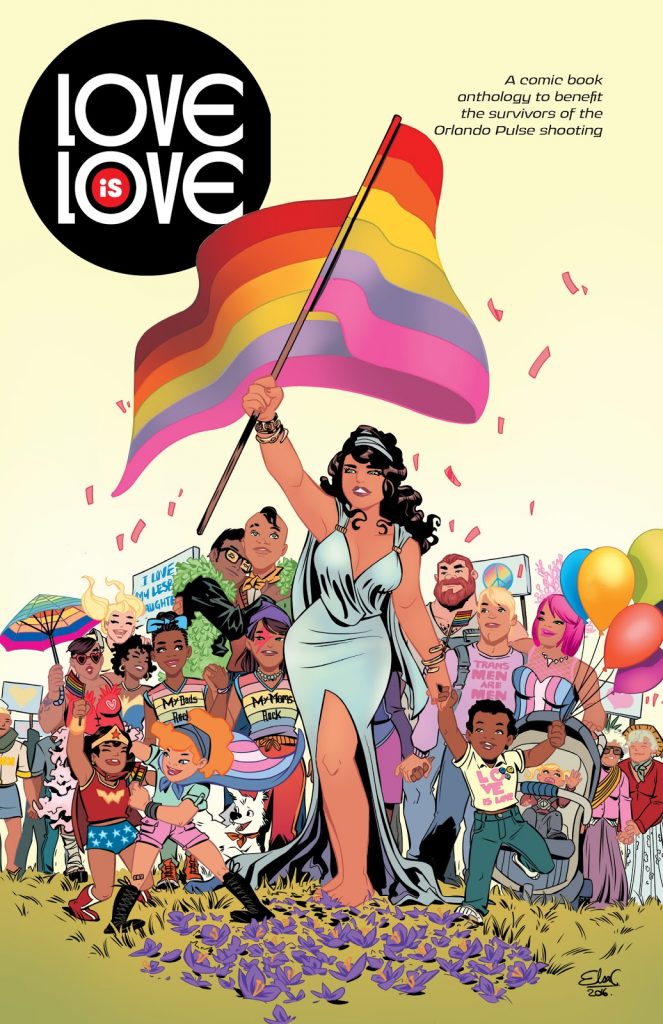
While there’s still a lot of progress that needs to be made when it comes to LGBTQIA+ representation in comic books, there are stories out there that feature bisexual characters. So, let’s go over them!
Of course, there are (very likely) going to be bisexual characters in comic books I don’t know about. Please feel free to share the characters I’ve missed in the comments section below.
Also, with bisexuality existing on a spectrum, certain characters on this list are likely to fall under the term pansexual, too.
Let’s begin with bisexual characters in DC Comics!
John Constantine
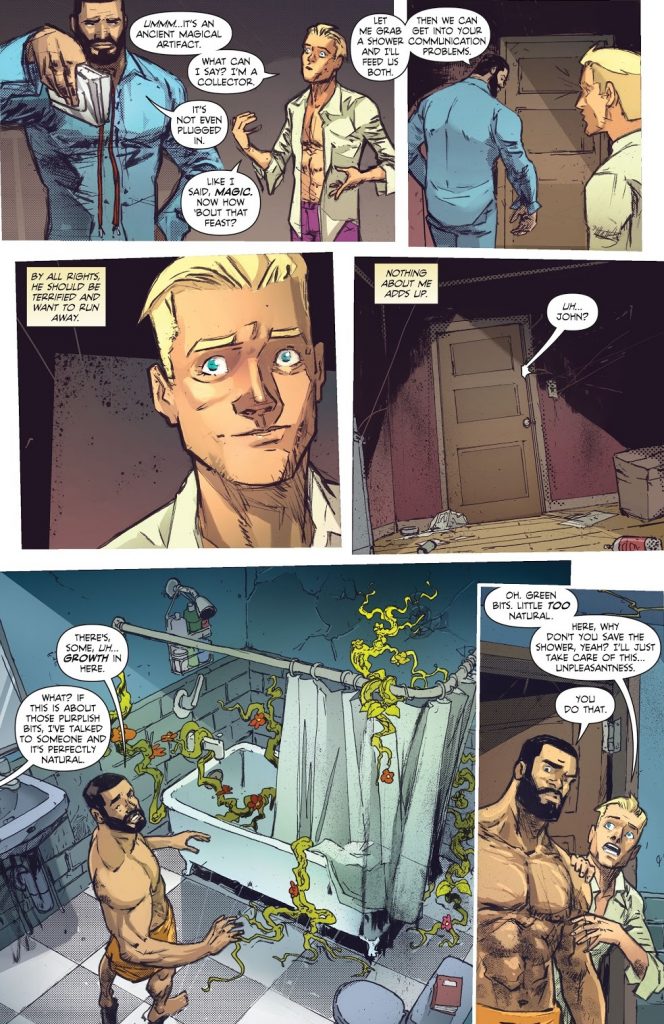
John Constantine is definitely a controversial character when it comes to pinning down his sexuality. He debuted back in 1985 and since then has attracted a passionate fandom. His bisexuality was first mentioned in 1992. Brian Azzarello’s Ashes & Dust in the City of Angels showed him having relationships with men as well.
However, most writers didn’t do anything with the information. His ambiguous sexuality was also used as a reason for the live-action adaptation to not mention Constantine being queer.
But things have fortunately changed for the better across the board. Constantine has been openly shown in romantic relationships with other men in his comic book stories. The live-action adaptation in the Arrowverse has followed suit.
Catwoman
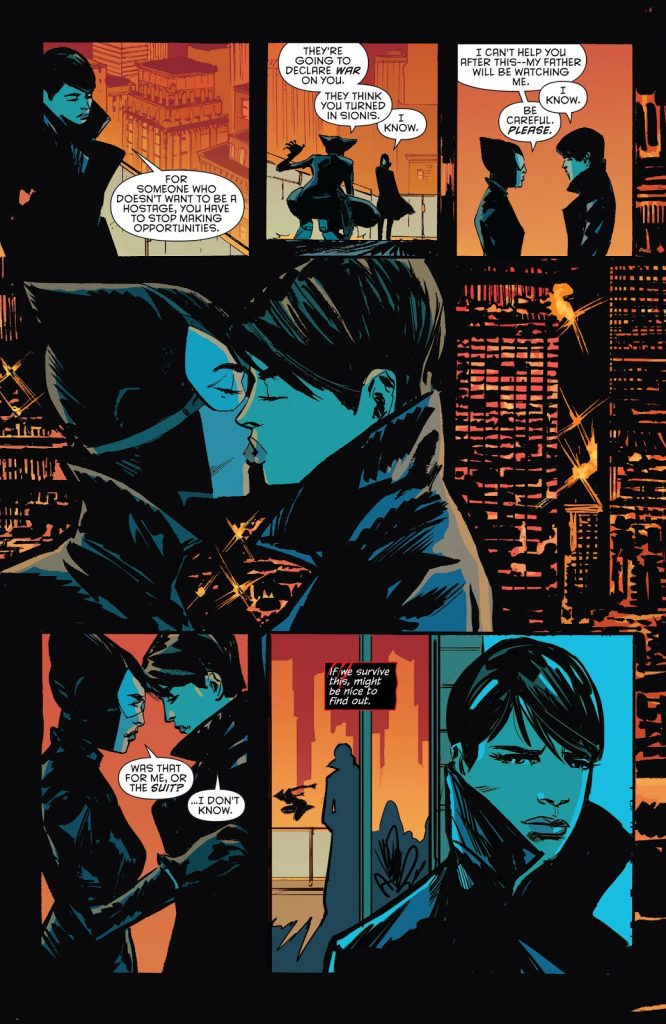
Selina Kyle has always been one of those characters who was the perfect candidate for being queer. I mean, the moment I was introduced to her (during Batman: The Animated Series), I just knew she wasn’t all straight.
However, while she debuted back in 1940, her bisexual nature wasn’t confirmed until 2015’s Catwoman Issue 39.
Harley Quinn
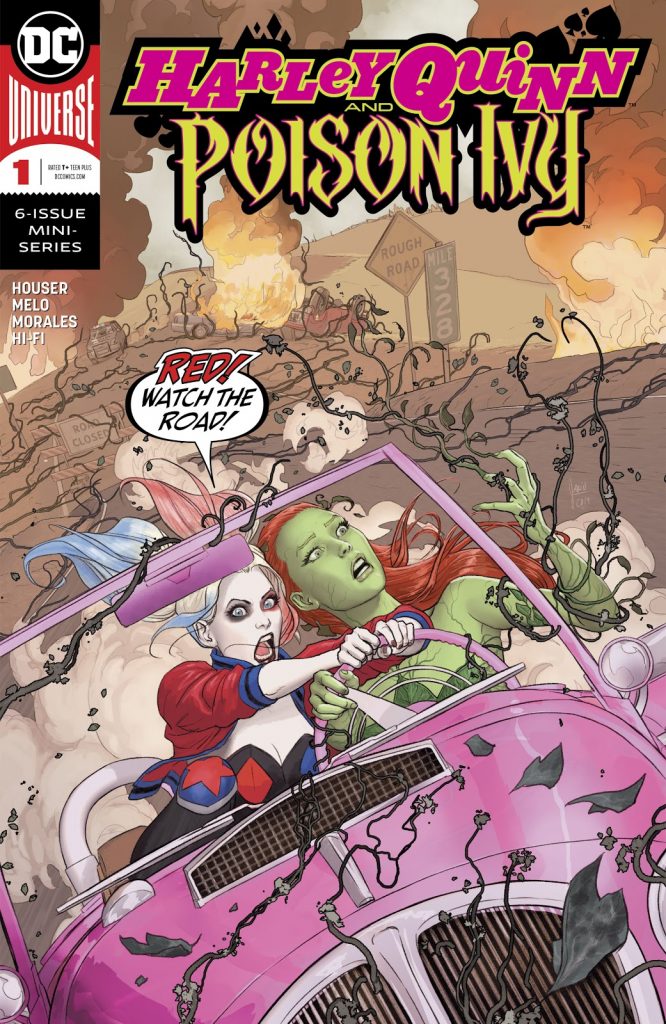
Harleen Quinzel debuted in 1992’s Batman: The Animated Series and has become one of the most famous DC Comics characters. Her flirtatious interactions with Poison Ivy, during the animated series, didn’t go unnoticed. Their relationship then trickled into comics.
The two are currently starring in the Harley Quinn and Poison Ivy miniseries.
Poison Ivy
Pamela Isley is one of Batman’s oldest foes. She’s a pop culture icon and it’s great to know that she’s bisexual.
While her romantic interactions with Quinn were always obvious, her bisexuality was confirmed in 2015. Also, Poison Ivy and Quinn married each other during the Injustice 2 storyline.
Wonder Woman
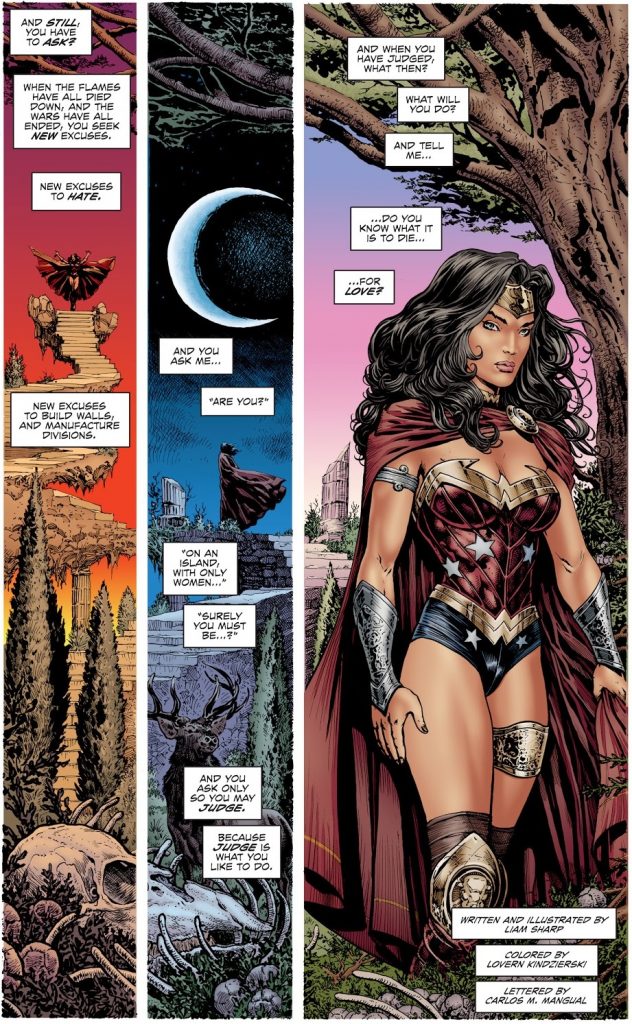
Similar to Constantine, Diana Prince is another controversial character when it comes to her sexuality. She debuted in 1941 and is one of DC Comics Golden Trio (alongside Batman and Superman).
Debating Diana’s sexuality has never made sense to me. Still, there are certain people who refuse to believe she’s anything but straight.
Anyway, Wonder Woman comic book writer Greg Rucka shared his thoughts on Diana being bisexual during an interview in 2016. And quite frankly, if you still think Diana’s straight, I can’t help you.
Jericho
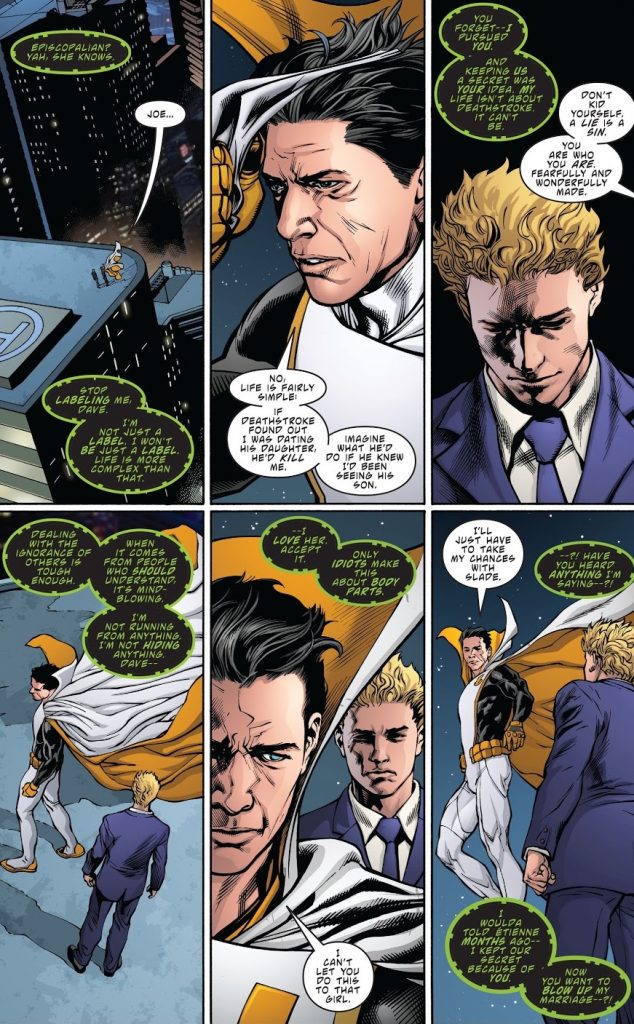
Debuting in 1984, Jericho (Joseph William Wilson) was created as a queer character, but Marv Wolfman and George Pérez decided not to go all the way with it back then. Their concern dealt with not wanting to make an artistic and effeminate-looking character gay and play a role in supporting stereotypes.
However, Jericho’s bisexuality was finally confirmed in 2015. Having said that, there are certain fans who believe him to be gay (as originally intended).
Jeanette
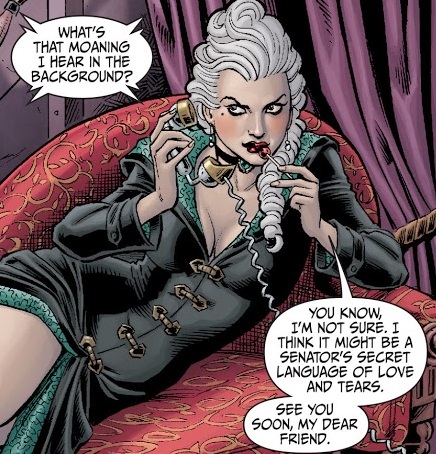
Created by Gail Simone and Nicola Scott, Jeannette debuted in 2009’s Secret Six issue 3 comic book. According to creator Gail Simone, “Jeannette was so busy doing Deadshot all the time, people forgot she’s bi!”
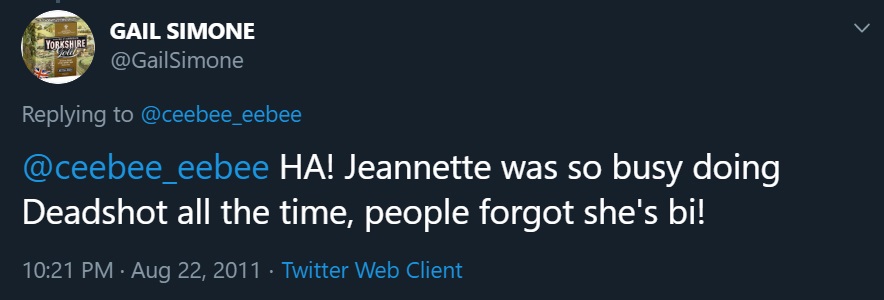
–
Over at Marvel Comics, we have a good roster of bisexual characters (we still need more, though)!
Daken
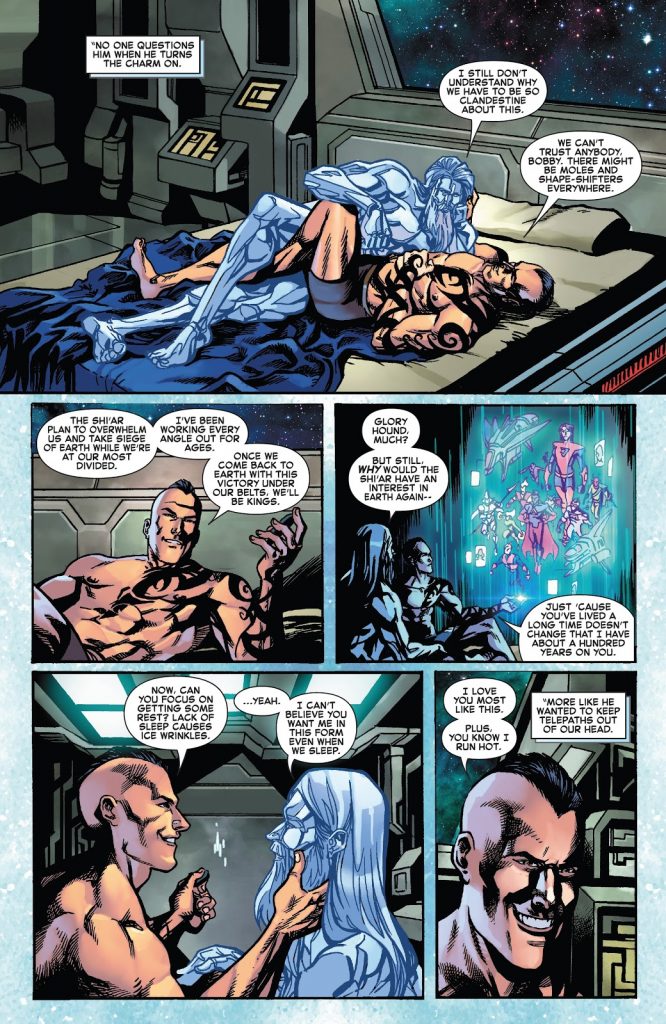
First appearing in 2007, Wolverine’s son is bisexual. He isn’t against using it to his advantage to get whatever and whomever he wants.
Paired with his mutation to manipulate pheromones, it’s very tough to say no to Daken’s advances. He put Iceman in a whole lot of trouble during Bobby’s solo series.
Mystique

I’ve talked about Mystique before. She first appeared in 1978 and has been a thorn in the X-Men’s side for decades. She identifies as bisexual and has been in a very loving relationship with the future-seeing mutant named Destiny.
Prodigy
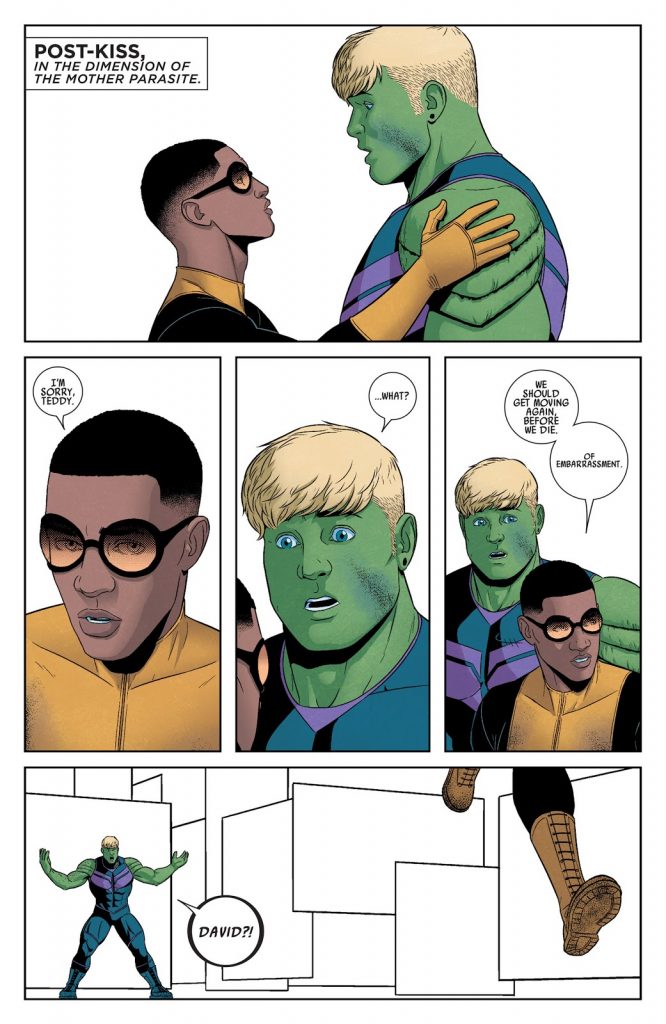
David Alleyne entered the Marvel Comics Universe in 2003. His bisexuality was revealed when he kissed Hulkling during the 2013 Young Avengers comic book run.
Loki
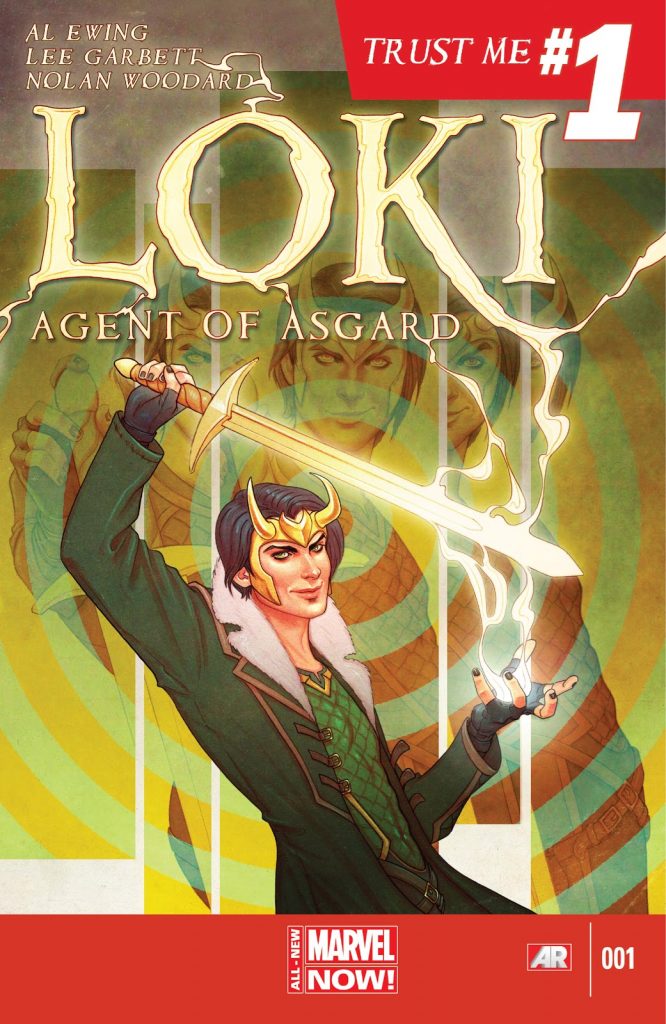
I mean, we all know Marvel’s God of Mischief is everything other than straight. Al Ewing’s Loki: Agent of Asgard (2014) explored the character’s bisexuality and fluid gender identity.
Shatterstar
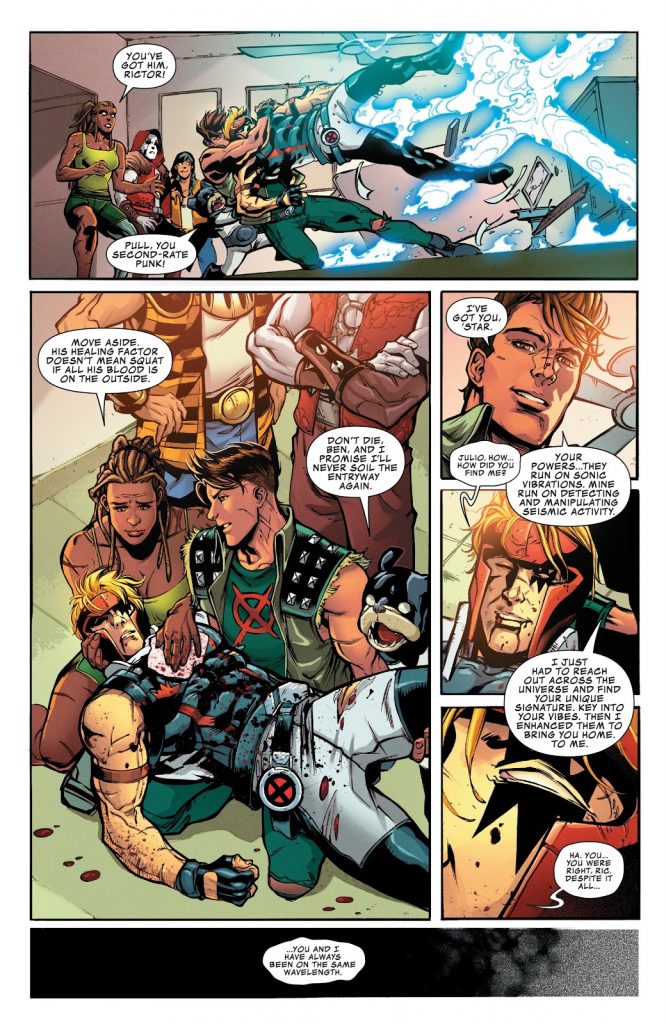
Gaveedra-Seven made his debut in 1991. Shatterstar’s sexuality has been a wild ride. It’s as if writers can’t seem to decide what to do with his sexual orientation.
However, a majority of fans believe him to be bisexual. He shares a very strong romantic bond with Rictor that can reach across the universe.
–
Of course, bisexual characters exist in comics books published by other companies.
Korra
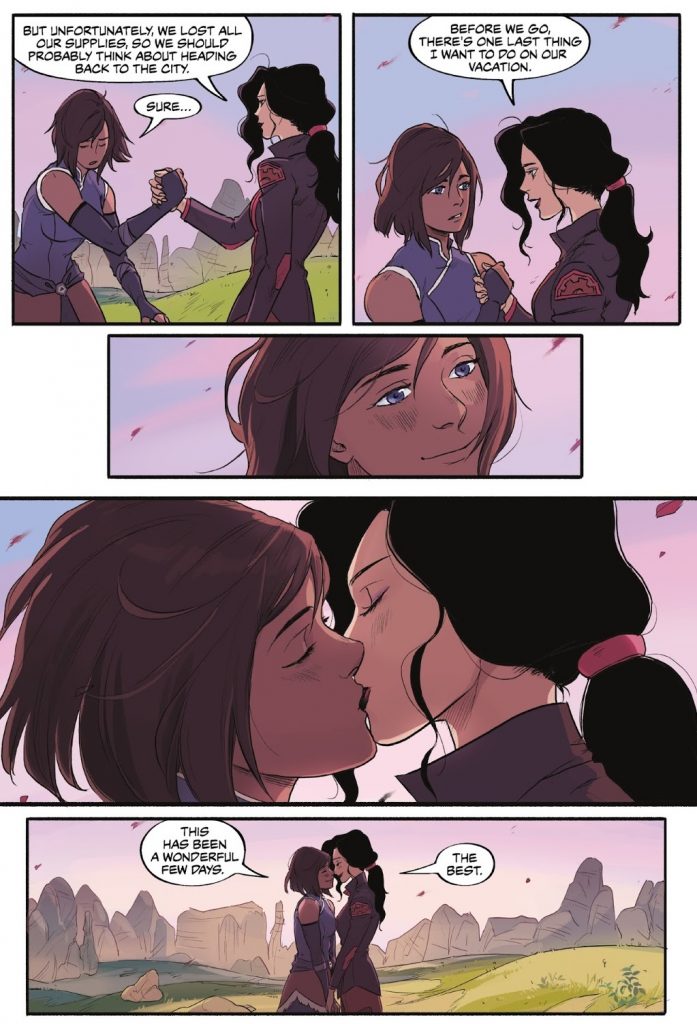
Korra did a whole lot as far as positive queer representation in an animated series (targeted at kids) is concerned. Her journey as a bisexual lead has garnered a lot of praise.
While the animated series didn’t explore her relationship with Asami, it’s being developed in the ongoing Legend of Korra comic book series.
Asami
Just like Korra, Asami will continue to be known whenever someone will talk about queer representation in content for children. Again, if you guys haven’t picked up the comic book series, please do. It’s great.
Homelander
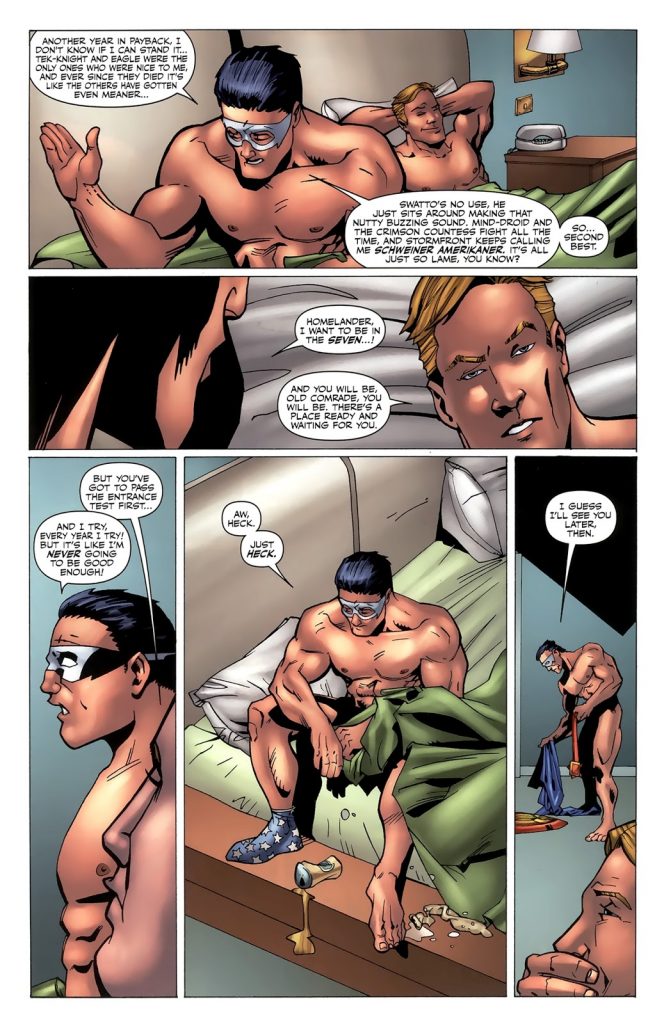
With Amazon Prime Video’s The Boys being very successful, I had to mention Homelander in this list even though I’m a bit conflicted about him.
The comic book series debuted in 2006. However, I’m going to try and keep spoilers to a minimum when talking about Homelander because of the current live-action streaming series.
Basically, he’s a superpowered villain that’s thought of as a hero around the world. Homelander has no qualms about sexually assaulting others (regardless of gender). During Herogasm he’s shown making another male superhero sleep with him by promising a position in the main team as a reward.
While I appreciate well-written queer characters, I also think we need interesting queer villains. That’s why, even though I’m still conflicted, I decided to add Homelander to the list.
Let’s see if the live-action series talks about Homelander’s sexuality as the story progresses.
–
As mentioned, please feel free to let us know about other bisexual characters in comic books.
Do you have any favorites?
See Also: Bisexual TV Characters
Author: Farid-ul-Haq
Farid has a Double Masters in Psychology and Biotechnology as well as an M.Phil in Molecular Genetics. He is the author of numerous books including Missing in Somerville, and The Game Master of Somerville. He gives us insight into comics, books, TV shows, anime/manga, video games, and movies.
Help support independent journalism. Subscribe to our Patreon.
Copyright © The Geekiary
Do not copy our content in whole to other websites. If you are reading this anywhere besides TheGeekiary.com, it has been stolen.Read our

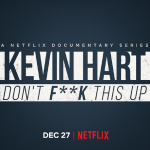
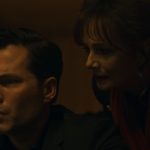

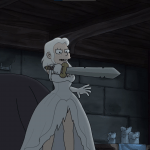
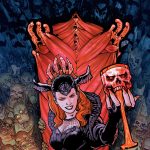
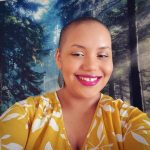
I don’t read American-style superhero comics much, since I prefer the kind of self-contained shorter fanasy or scifi comic series that these days have about a 50/50 chance of featuring queer major characters. (Or maybe I’m just really lucky at picking them?)
But I did read Gail Simone’s New 52! version of the Secret Six and in that version, Catman (the central character and de-facto team leader in that iteration) was quite clearly depicted as bisexual. (Plus it had a few other, more minor queer characters, such as Porcelain (bi and genderqueer, but sadly underutilized as a character), Jeanette shows up again, and Scandal and her 2 wives ask Catman to help them make a baby together.)
And I haven’t gotten around to reading the series yet, but I’m sure there must be a couple of bisexual major characters in The Wicked + The Divine? According to TV Tropes, at least Persephone, Lucifer (here female/androgynous), Baal, Sakhmet, and Inanna (here male / later genderqueer) should count.
Then there are Katchoo and Francine from Strangers in Paradise, which is an older series from the 1990s that recently got a continuation and is currently getting a sequel in the form of a series titled Five Years. (Actually, I think most of the women in this series are bi. The author clearly has a thing. But at least he knows how to write and draw women realisically and they usually end up in committed relationships with each other instead of just “performing” for the male author avatar – who by the time of the series continuation is completely out of the picture. Can’t really fault the author for that – at least not any more than female authors writing well-meaning m/m romance storylines in scifi/fantasy novels from the 1980s/1990s.)
And in the ongoing Xena – Warrior Princess series they’ve finally stopped being coy and queerbait-y and had Xena and Gabrielle kiss and say “I love you” on-page. (Both had male lovers in the past.)
One of the queer-inclusive short-run comics that I’m currently reading (and wasn’t expecting to have any LGBTQIA content, since I didn’t choose it due to a writer that’s known for it, and because it’s a tabletop PRG tie-in, which is a genre that usually aims primarily for a straight male audience, even if that has been getting better in recent years) is “Dungeons and Dragons – A Darkened Wish”. Surprisingly, this one so far (only 2 issues published) features a possibly bisexual female main protagonist (I’m not sure if her statement that she “likes” a new female acquaintance was really meant as in “finds her attractive”, though that reading would make most sense from the context), her definetely bisexual male best friend, a pair of explicitly genderfluid twins (“Are you boys or girls?” – “Yes.”), and the heroine’s other male best friend, whose sexuality hasn’t yet been defined, but who seems… unusually comfortable with hugging and cuddling up to male strangers he just met. Then again, this could just be an effect of the artist being female and obviously heavily influenced by ElfQuest, judging by the art style.
Which made me rememember: That sprawling, hippie-utopian fantasy epic (started publishing in the 1970s) should also be mentioned here, since most of the characters live in a tribal culture that sees bisexuality and polyamory (real polyamory, not just men with several wives) as the norm – and that includes the male main characters. Though relationships that produce children are still presented as most important (with good in-universe reason, but still) and the series is mostly teen-rated, so don’t expect it to get very sexually explicit – it’s just generally made clear that lots of casual sex is happening off-page and that almost all “lifebonds” will happily include any male or female elf that one of the existing partners happens to form a connection with. And as I’ve only read bits and pieces, I don’t know how much of the sexual relationships between male major characters are actually stated to be sexual in the comic, and how much that is just Word of God. There are a few male characters who “lifebond” with other males (i.e., they’re homoromantic, not just having casual sex with other guys for fun and tribal cohesion), but they’re not the central characters.
You can read the older stuff (published before 2014) for free here: http://elfquest.com/read/digitalEQ.html